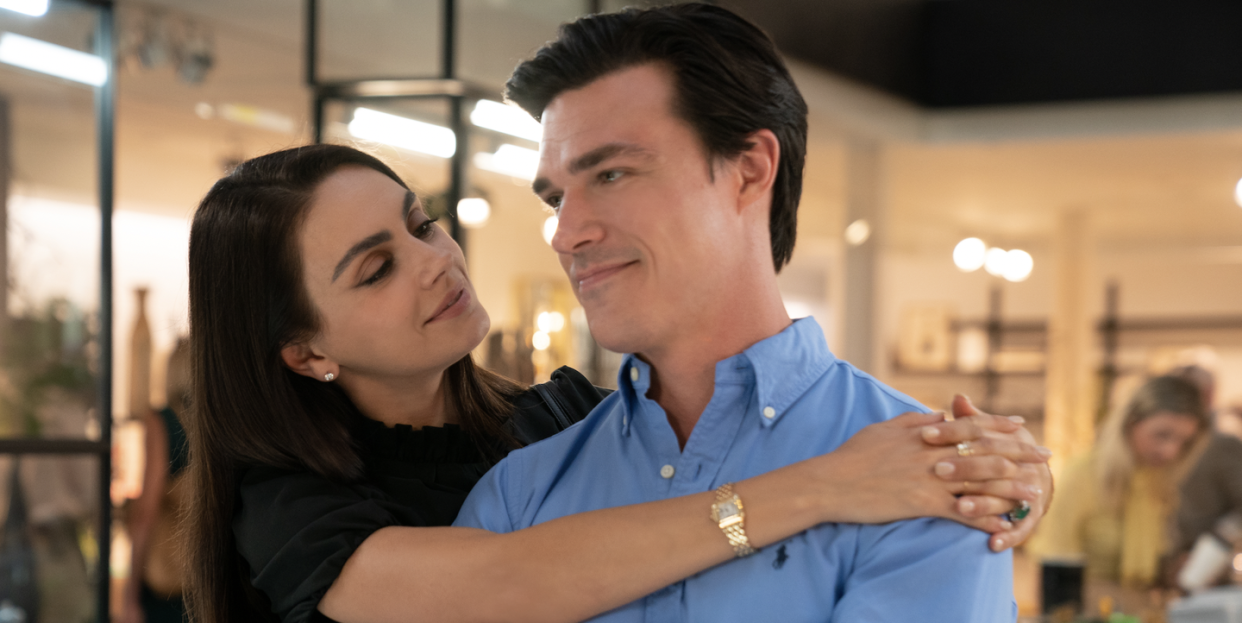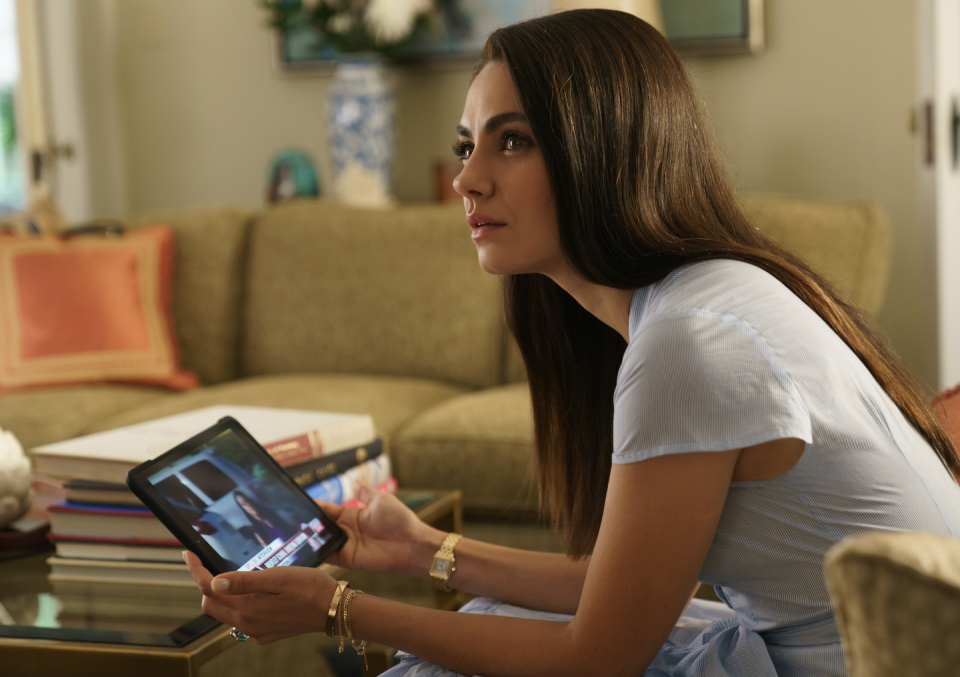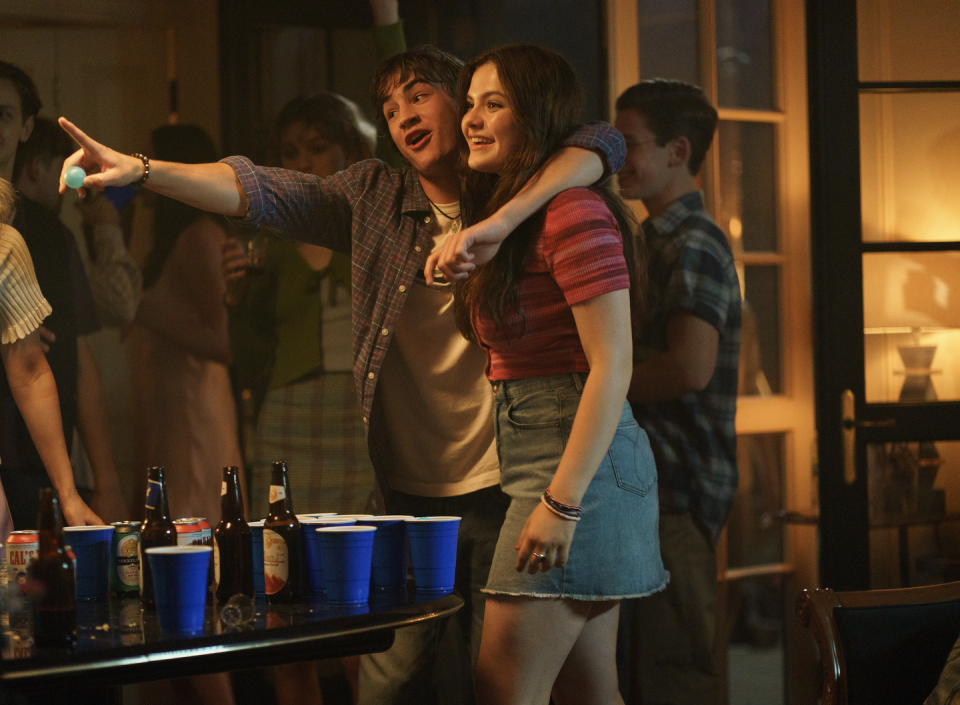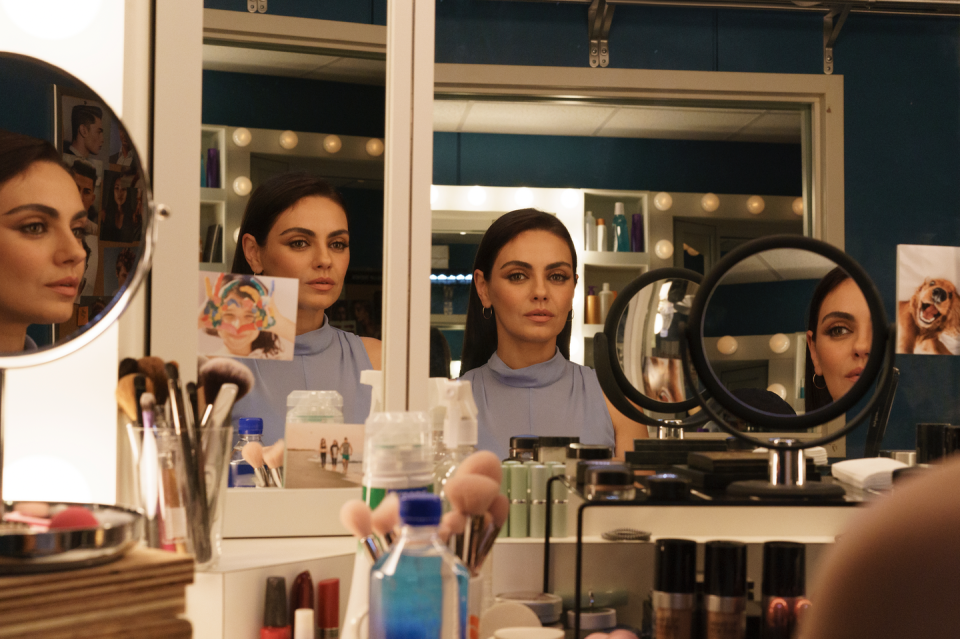This is the true story behind Netflix's Luckiest Girl Alive

TW: Sexual assault, rape and murder
Last week Netflix dropped their newest thriller, Luckiest Girl Alive, starring Mila Kunis and the film has already gone straight into the number one spot.
Luckiest Girl Alive tells the story of Ani FaNelli (played by Mila Kunis), who appears to have it all - the dream job at a magazine, a luxurious wardrobe and a fiancé, with their wedding just six weeks away. But under the surface Ani is carrying with her the secret of her teenage years and when a documentary maker invites her to participate in a film about the shooting at her school, her dream life threatens to unravel.
Fans are already praising the film's realistic portrayal of victim blaming and many are wondering if Luckiest Girl Alive is based on a true story.

The movie is based on novel of the same name by Jessica Knoll, but could parts of the story be inspired by real life events? This is everything you need to know.
Is Luckiest Girl Alive based on a true story?
Netflix's Luckiest Girl Alive is based on a 2015 novel by Jessica Knoll. In the novel a teenage Ani is attending a house party where she is gang raped by a number of her fellow classmates. She shares what happens with her friends Arthur and Ben, who share their experiences of being bullied by the same boys who raped her. Later on, Arthur and Ben go onto enact a school shooting.
When the novel first came out Knoll she said the story was a work of fiction and the rape storyline was inspired by other women's experiences she had heard.
However, in 2016, a year after the novel's publication, in an essay for Lenny Letter, Knoll revealed Ani's experience of gang rape was inspired by Knoll's own similar experience whilst she attended private school as a teenager.
In the essay titled 'What I Know' Knoll said she wanted to tell the truth about her experience after meeting so many women and not sharing with them the truth.
She said: "It really killed me to see the looks on these women's faces when I would say, ‘Oh no, you know, I just made it up,’ and I just never wanted to see that look on anyone's face again."

Knoll has since told TODAY she was reluctant to share her story as she was worried about the reaction.
She said: "I always feel a little undeserving of being called like brave or courageous, because I had to (open up) in fiction.
"There were these duelling things inside of me. I desperately craved the release of getting my story out on paper, and the validation of recognising what had happened to me as rape. I needed that.
“But on the other hand, I was frightened that people would read it and come to the same conclusion that people did when I was in high school, which was that no violation had occurred and that I had somehow participated in it."

In the movie and novel Ani and her classmates experience a school shooting by two boys from their class. However, in real life Knoll did not experience a school shooting but included the scene because she didn't think what happened to Ani was "bad enough".
Speaking to TODAY Knoll said: "I still had the idea in my head that what happened to Ani wasn't bad enough, because that's what happened to me. I thought I had to make it worse."
Whilst the novel does not cover what happens to Ani after she tells her truth, the movie adaptation follows what happened in Ani's after her piece is published. Ani is seen getting reactions from other women and going on TV to discuss her story, just as Knoll did in real life after the publication of Luckiest Girl Alive.
Luckiest Girl Alive is available on Netflix now.
For help with any of the issues discussed in this article, visit: Rape Crisis England & Wales, Rape Crisis Scotland, or Rape Crisis Northern Ireland. RASASC provides emotional and practical support for survivors, families and friends.
You Might Also Like

